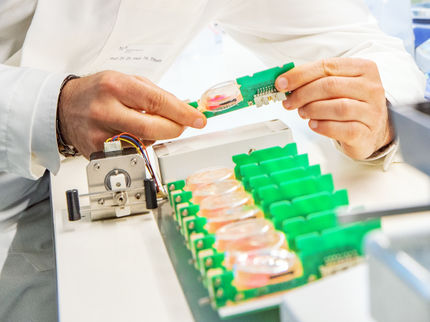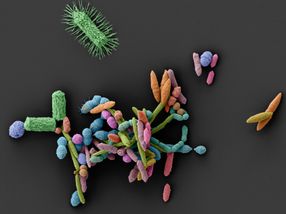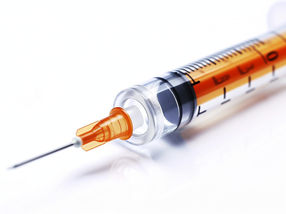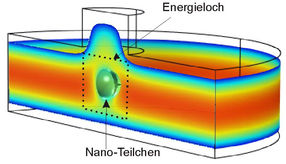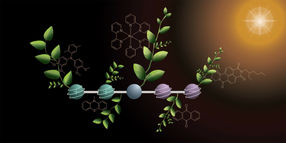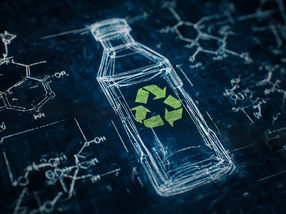Mystery of heart repair solved
New mechanism of cell communication found
Advertisement
More than 300,000 people suffer a heart attack in Germany every year. In this case, the heart muscle is no longer supplied with sufficient blood and oxygen, and part of the heart muscle tissue dies and becomes scarred. The consequences can range from massive cardiac insufficiency to heart failure. Unlike the liver, the heart of an adult human being can hardly regenerate. However, it is able to initiate repair processes. Exactly how these repair processes take place has not been known until now. Therefore, there are still no drugs that can specifically promote healing.
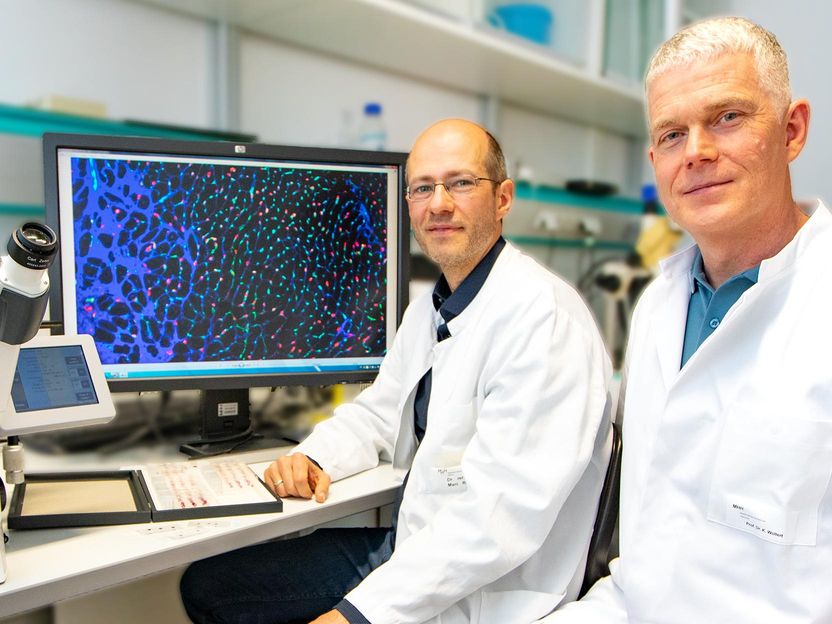
Have elucidated the signalling pathway for heart repair after infarction: Dr. Marc Reboll (left) and Professor Dr. Kai Wollert
Karin Kaiser / MHH
Now a research team led by Professor Dr. Kai Wollert, Head of Molecular and Translational Cardiology at the Department of Cardiology and Angiology at Hannover Medical School (MHH), has found out which cells are involved in heart repair and how they communicate with each other. The researchers have discovered a new messenger substance that controls wound healing, thus revealing an approach for a new therapy. The research has been published in Science.
New mechanism of cell communication found
The focus of the study is the receptor KIT. The protein is produced by various cells, including the haematopoietic stem cells in the bone marrow. Here, KIT plays an important role as a binding site for the so-called stem cell factor. This messenger substance activates the KIT-positive stem cells and causes them to develop into the various cells of the blood. KIT-positive cells are also found in the heart. "However, these are not stem cells, as long suspected, but vascular cells," explains Dr. Marc Reboll, research associate in Molecular and Translational Cardiology and first author of the study. The KIT-positive vascular cells ensure that new heart vessels form after a heart attack. However, the stem cell factor necessary for KIT activation can hardly be detected in the heart. The researchers have now resolved this contradiction. They discovered a new messenger substance in the heart that can also bind precisely to the KIT receptor and set the repair process in motion: the protein meteorin-like (METRNL).
METRNL stimulates vascularisation and reduces scarring
"After a heart attack, the immune system reacts with an inflammatory response," Professor Wollert explains. "The inflammatory cells produce METRNL, which stimulates the KIT-positive vascular cells to form new blood vessels." Studies in the mouse model showed that without METRNL, heart repair no longer worked. In contrast, when mice were treated with METRNL, new vessels formed in the infarct area. "This alleviates scarring and prevents severe heart failure," emphasises the cardiologist. The newly discovered messenger substance could now be the decisive building block to a drug that specifically supports heart repair.



